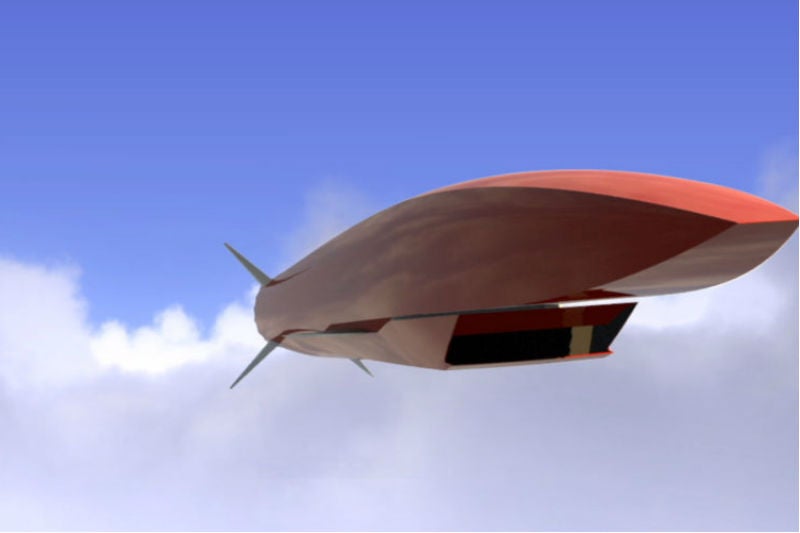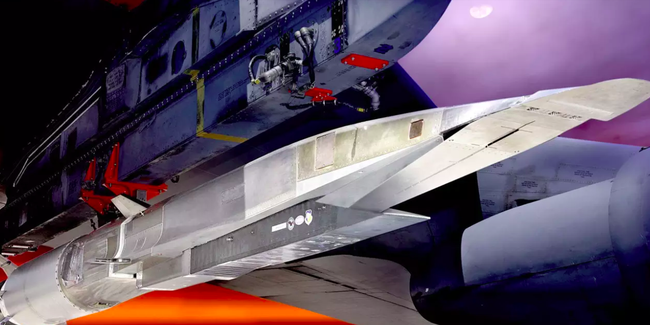Einomies1
Respected Leader
3M22 / SS-N-33 Zircon ohjuksen merikokeet alukselta tehdään loppuvuodesta 2019. Ainakin tämä lähde kertoo niin. Ohjus lentää n. 8 machin nopeudella ja sitä suojaa plasmakuori lennossa, jonka ansiosta tutkat eivät kykenisi näkemään ohjusta. Nykyiset alusten torjuntaohjukset eivät kykene näin nopeita puikkoja torjumaan. Miten tällainen pitäisi huomioida Pohjanmaa-luokan aluksilla? Laivoihin tarvitaan jo rakentamisvaiheessa suuri sähköntuottokyky jos jo 2030-luvulla ohjusten torjuntaan tarvitaan laserit.
Sitä pohdin että jos plasmakuori estää tutkasäteilyn niin miten ohjuksen oma tutkahakupää kykenee löytämään maalinsa? Osaako kukaan arvailla?
Zircon missile to be test-launched from Admiral Gorshkov frigate at end of 2019 — source
March 12, 2019
TASS:
MOSCOW, March 12. /TASS/. Russian hypersonic missile Zircon will be launched from a military ship for thie first time at the end of 2019, a source in the Russian military-industrial complex told TASS on Tuesday.
“Trials of launching a missile from a naval vessel are planned to start at the end of the year. The Admiral Gorshkov-class frigate, also known as Project 22350, from the Northern Fleet will be used,” the source said adding that earlier trials included launching Zircon missiles from land.
TASS does not have an official confirmation of this information.
http://missiledefenseadvocacy.org/t...miral-gorshkov-frigate-at-end-of-2019-source/
Overview
The 3M22 Zircon or the SS-N-33 is a maneuvering anti-ship hypersonic cruise missile developed in Russia.http://missiledefenseadvocacy.org/m...ssile-proliferation/russia/3m22-zircon/#_edn1 The Zircon’s estimated range is 500 km at a low level and up to 750 km at a semi-ballistic trajectory, but the state-owned media in Russia reports the range as 1,000 km.[ii] It’s a two-stage missile that uses solid fuel in the first stage and a scramjet motor in the second stage. This missile will be incorporated into the Kirov-class battlecruiser Admiral Nakhimov this year and the Pyotr Velikiy in 2022
Strategic Implications
The Zircon missile is strategically valuable due primarily to its speed. In April 2017, it was reported that the Zircon had reached a speed of Mach 8 during a test.[iv] If that information is accurate, the Zircon missile would be the fastest in the world, making it nearly impossible to defend against due to its speed alone. Another valuable aspect of the missile is its plasma cloud. During flight, the missile is completely covered by a plasma cloud that absorbs any rays of radio frequencies and makes the missile invisible to radars. This allows the missile to remain undetected on its way to the target
http://missiledefenseadvocacy.org/m...ion/missile-proliferation/russia/3m22-zircon/
Sitä pohdin että jos plasmakuori estää tutkasäteilyn niin miten ohjuksen oma tutkahakupää kykenee löytämään maalinsa? Osaako kukaan arvailla?
Zircon missile to be test-launched from Admiral Gorshkov frigate at end of 2019 — source
March 12, 2019
TASS:
MOSCOW, March 12. /TASS/. Russian hypersonic missile Zircon will be launched from a military ship for thie first time at the end of 2019, a source in the Russian military-industrial complex told TASS on Tuesday.
“Trials of launching a missile from a naval vessel are planned to start at the end of the year. The Admiral Gorshkov-class frigate, also known as Project 22350, from the Northern Fleet will be used,” the source said adding that earlier trials included launching Zircon missiles from land.
TASS does not have an official confirmation of this information.
http://missiledefenseadvocacy.org/t...miral-gorshkov-frigate-at-end-of-2019-source/
Overview
The 3M22 Zircon or the SS-N-33 is a maneuvering anti-ship hypersonic cruise missile developed in Russia.http://missiledefenseadvocacy.org/m...ssile-proliferation/russia/3m22-zircon/#_edn1 The Zircon’s estimated range is 500 km at a low level and up to 750 km at a semi-ballistic trajectory, but the state-owned media in Russia reports the range as 1,000 km.[ii] It’s a two-stage missile that uses solid fuel in the first stage and a scramjet motor in the second stage. This missile will be incorporated into the Kirov-class battlecruiser Admiral Nakhimov this year and the Pyotr Velikiy in 2022
Strategic Implications
The Zircon missile is strategically valuable due primarily to its speed. In April 2017, it was reported that the Zircon had reached a speed of Mach 8 during a test.[iv] If that information is accurate, the Zircon missile would be the fastest in the world, making it nearly impossible to defend against due to its speed alone. Another valuable aspect of the missile is its plasma cloud. During flight, the missile is completely covered by a plasma cloud that absorbs any rays of radio frequencies and makes the missile invisible to radars. This allows the missile to remain undetected on its way to the target
http://missiledefenseadvocacy.org/m...ion/missile-proliferation/russia/3m22-zircon/










